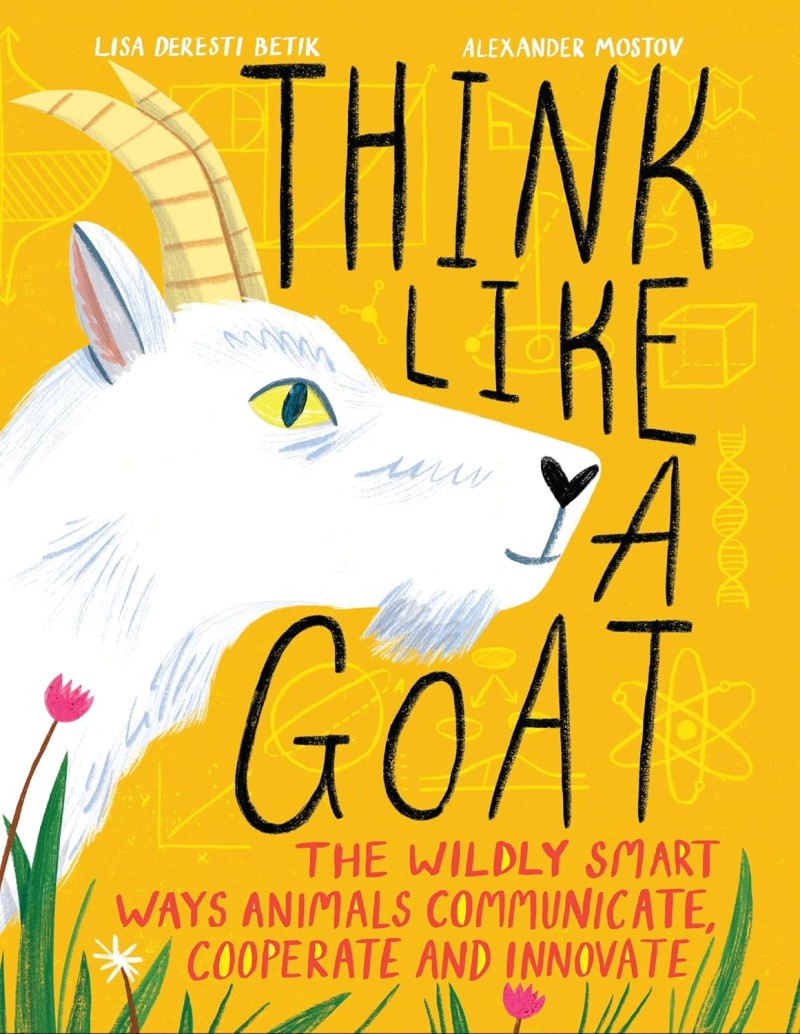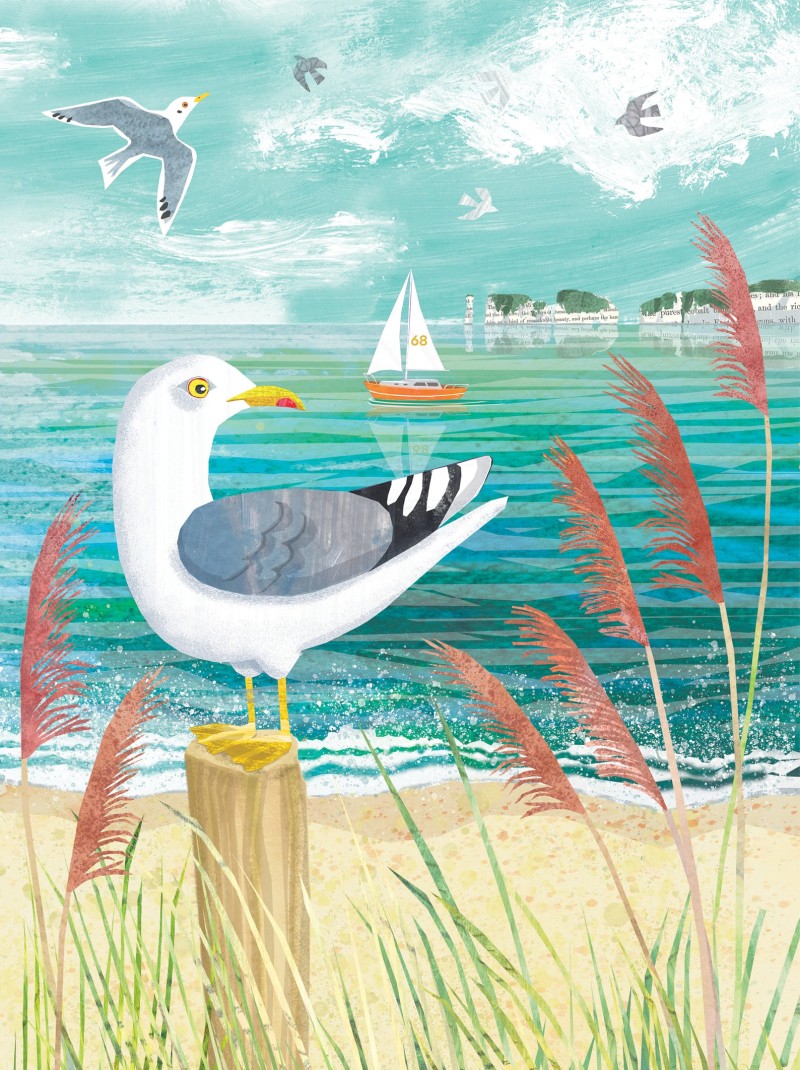How to Help England’s Stripey Badgers

Badgers are England’s largest land predators, and have been sharing our land for at least 250,000 years. They are part of the mammal group mustelids (weasels, stoats, otters, pine marten and non-native minks – brought here after escaping from being trapped for the fur industry).
Familiar for their black and white stripes, badgers mostly live on earthworms (they eat several hundred a day), beetles, fruits (they love blackberries and apples) and the occasional hedgehog.
Badgers are not the reason that hedgehogs are endangered – they only eat them occasionally – lack of habitat and pesticides are the reasons why hedgehogs need help).
As with hedgehogs, badgers sometimes eat slugs, which is why it’s so important to choose kind safe slug/snail deterrents (slug pellets also harm wildlife and pets that eat them).
Read our post on how to prevent bovine TB (without badger culls, which are both cruel and don’t work – the ways to solve this issue are already known).
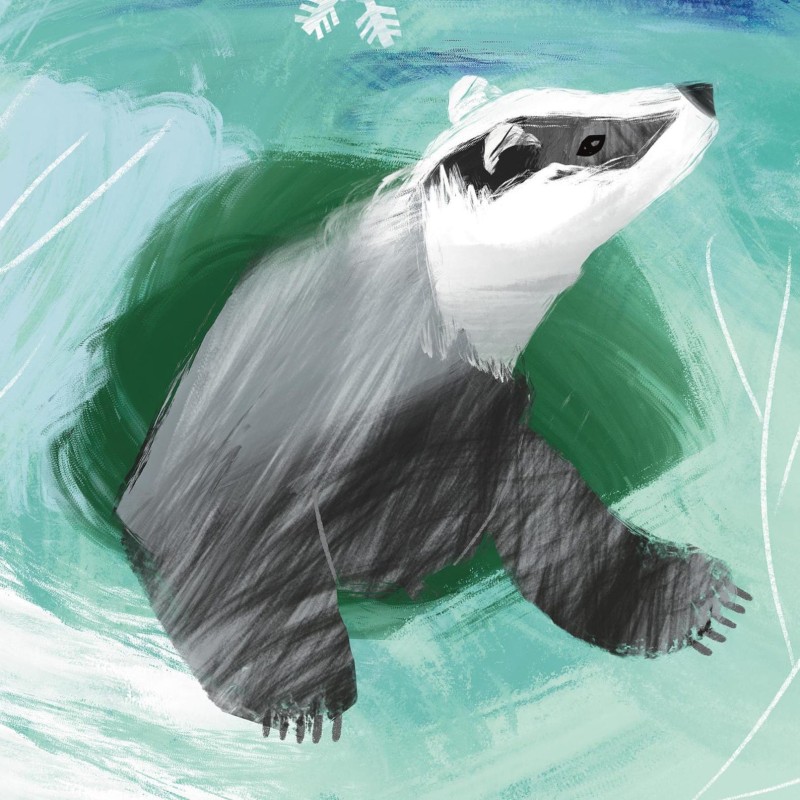
Where Do Badgers Live Naturally?
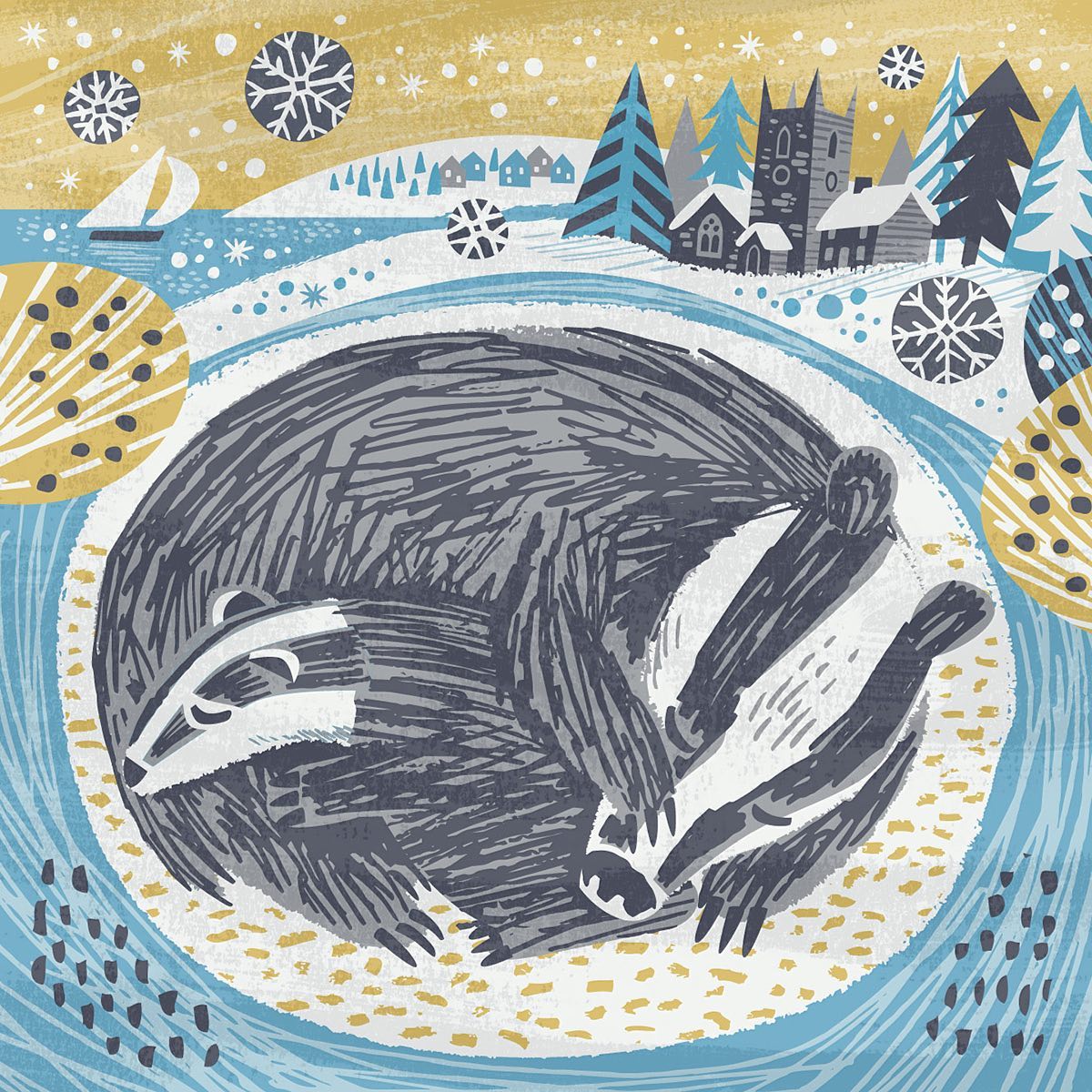
In nature, badgers live in woodlands, which is why it’s so important to protect our forests from logging, litter and building.
They live in elaborate underground setts, which can house up to 100 badgers. These are passed on to ancestors.
Despite the cull (see below), badgers are a protected species. Disturbing them or their setts (which causes serious harm to their welfare) is illegal.
Badgers are nocturnal, coming out at night to find food, then returning to their setts for protection. Badgers have no natural wild predators (apart from foxes who may take a cub). Their only threat is man.
When their natural homes disappear, this is when badgers start to venture into domestic gardens to find food, especially during times of drought and frost.
Threats to Badgers & Their Habitats
- People illegally disturbing badgers and their setts
- Vehicle traffic (it’s estimated that around a fifth of the UK population of badgers are killed each year on roads).
- Lack of natural woodland habitats. A huge threat is the upcoming Labour government changes to lax planning laws, which will negatively affect and remove many badger setts.
- Pesticides. As badgers live near farmland, run-off can harm them.
- Litter. Like any wildlife, taking your litter home is one of the best ways to help badgers (and reduce pressure on wildlife rescue shelters). A huge percentage of their patients are due to people dropping litter (glass, plastic, cans, netting etc).
- The badger cull (which is unkind & bad science)
Be a Wildlife-Friendly Driver
- If you are drive a vehicle, always look out for wildlife (and carry a rescue kit in your car, and the number of your local wildlife rescue. Read our post on making roads safer for wildlife.
- Be especially vigilant at dawn and dusk, when most wildlife (including badgers) are active. Use your lights on full-beam (not in fog or snow as this can reflect back and reduce visibility). If you spot wildlife, dip your lights (to avoid startling) and slow down.
Don’t Encourage Badgers to Gardens
It’s never good to encourage wild creatures to gardens, as they then depend on you ((what happens if move, go on holiday or even die?) And it could bring them into contact with harm.
If badgers are visiting your garden, it’s likely due to lack of natural habitat elsewhere. Which is why it’s so important to protect native woodlands and wild fruit trees, so they have natural food and shelter.
If badgers do visit your garden occasionally, Badger Trust say it’s unlikely they will dig up your lawn in most cases, as they ‘suck up worms like spaghetti!’ If they do dig your lawn, it’s likely they are looking for beetles and leatherjacks.
This will only be temporary, then they will move on. The best way to stop this happening, is to deter beetles and leatherjacks, by regularly raking your lawn to aerate the soil.
Rather than harm nature, badgers help ecosystems by foraging. They disperse seeds through their dung, and digging in the wild helps to create microhabitats, for pollinating insects.
How to Help Injured or Orphaned Badgers
- Call your local wildlife rescue and local badger group. Their volunteers can come out to help (and also try to find cubs, if the badger is a lactating sow). Also report dead badgers to them, as this helps to build a picture of danger hotspots.
- It’s worth calling 999, if the badger is a traffic hazard. if large animals are in serious pain, trained marksmen can immediately euthanise them (to prevent hours of waiting for the RSPCA).
- Don’t rescue badgers that don’t need rescuing. Cubs that are warm to the touch and calling for their parents are likely just fine. Watch, observe and wait before taking action.
- If a badger (or any creature) is trapped (say in wire or netting), wait for expert help. You could do more damage trying to remove it yourself, and the creature may run off while needing medical help (pressure necrosis can occur 24 to 48 hours later).
- It’s important to ask for help if you find an injured badger, as if they come round, they can be (especially if frightened) aggressive.
Don’t be deceived by their cuddly looks. These powerful and stocky animals pack quite the punch, and could cause serious injury to a human. You do not want to mess with a badger! Wildlife Aid
Young badgers sometimes wander off to explore, and end up having so much fun that they lose track of time, and can’t make it back to their sett before bedtime. And find their way into sheds and garages.
Usually they return to the wild next night. But if you notice injuries, blood, flies or a foul odour, contact a rescue for guidance. East Sussex Wildlife Rescue
Campaign to Stop Proposed Planning Laws

Write to your MP, to ask him or her to oppose proposals to make planning laws more lenient. It’s good to build affordable homes, but it does not need to done at the expense of disturbing setts or harming our native wildlife.
This is bad science. And unkind to our amazing native wildlife, who need safe homes, just like the rest of us. Badger Trust offers guidance for planners.
Report Illegal Badger Crime
Download the free badger watch app . This is available on both Google and Apple play stores, and can be used to create evidence of wildlife crime, including disturbing setts.
The app automatically sends information to Badger Trust’s wildlife crime officer, and lets you know whether the incident needs reporting to the police (999 for emergency or 101 non-emergency, if the event has already happened). It also gives info on how to keep yourself safe.
You can also use this form to report suspicious activity (or even a new sett location, to help Badger Trust monitor habitats).
How Farmers Can Humanely Deter Badgers
Read below for more information on preventing bovine TB. If badgers on your land are unwelcome, the best humane solutions are to play a radio all night (if it does not disturb others) and use locked or badger gates (to let badgers pass through, without damaging fences).
- Softwood badger gates won’t harm if chewed, and are made from untreated timber. They also won’t jam during periods of rain, when wood would swell.
- Marine grade aluminium gates are stronger for repeated use, and let badgers view what is on the other side.
Support The Badger Trust
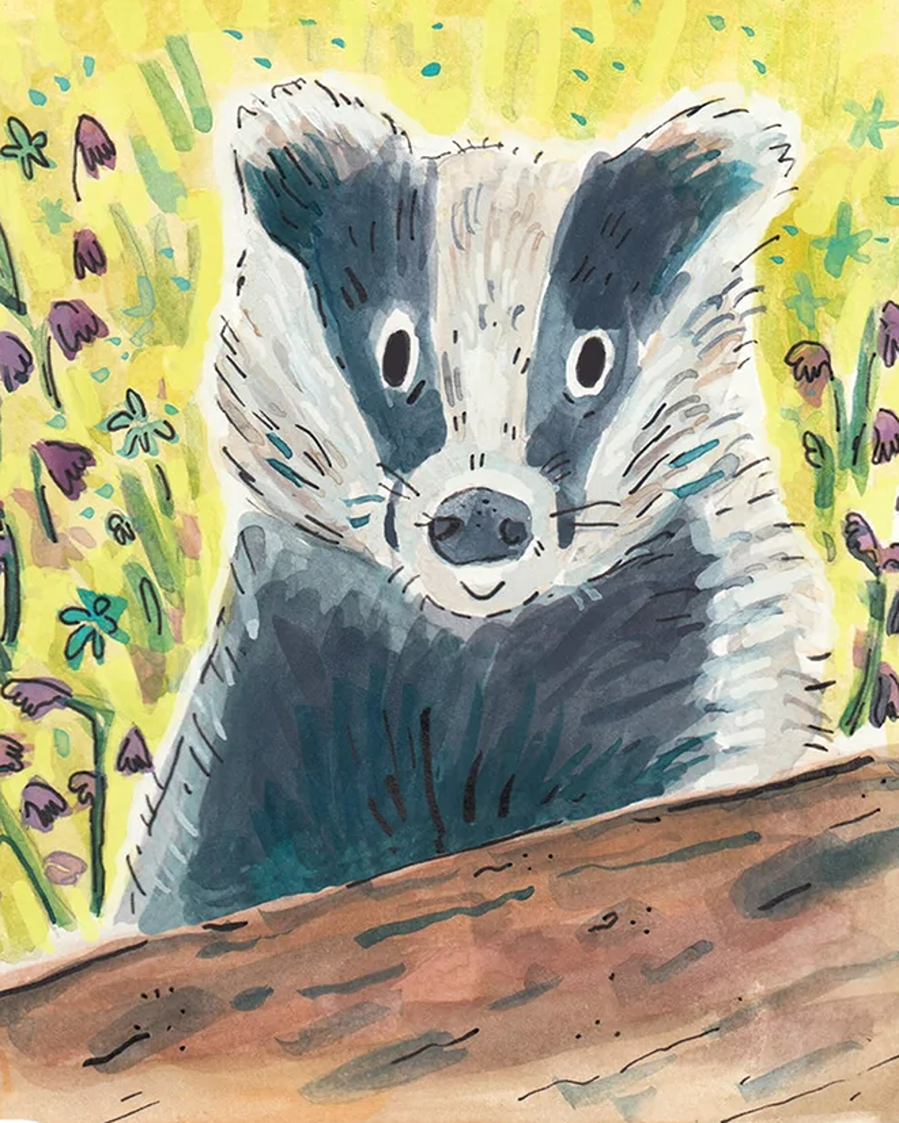
Badger Trust is our national charity, helping to protect badgers. Raising funds helps their important work, which includes giving Badger Trust Grants for organisations involved in awareness and protection, vaccination and emergency rescue.
They have created the free app (above) to help prevent wildlife crime, and have local badger groups. They can help you view badgers from afar, without disturbing them. Wear dark clothes, avoid ‘rustling clothing’ and avoid perfume (they will smell you a mile off!)
easyfundraising is the easiest way to help. Just sign up, and add your chosen charity. Then anytime you shop at participating partners (shops, services, train tickets). A portion of the cost is donated (at no cost to you) and loyalty points are not affected.

Badger Trust Teemill Store sells print-on-demand organic cotton t-shirts and sweatshirts (for men, women and children) along with organic cotton grocery bags.
Everything is made with clean energy and sent in zero waste packaging. And all profits help the charity. You can also send items back at end of life, to be recycled.

Helen Briggs has created a delightful illustrated greetings card, printed on 100% recycled card. And all profits go to Badger Trust.
Payroll giving is where your boss lets you donate to a charity from salary, prior to tax being deducted. This means for each £1 you donate, it will only cost you 80p, if you pay higher tax.
Recycle things to raise funds:
- Printer cartridges
- Stamps
- Jewellery
- Bank Notes
- Old cars
A Beautiful Book about Badgers
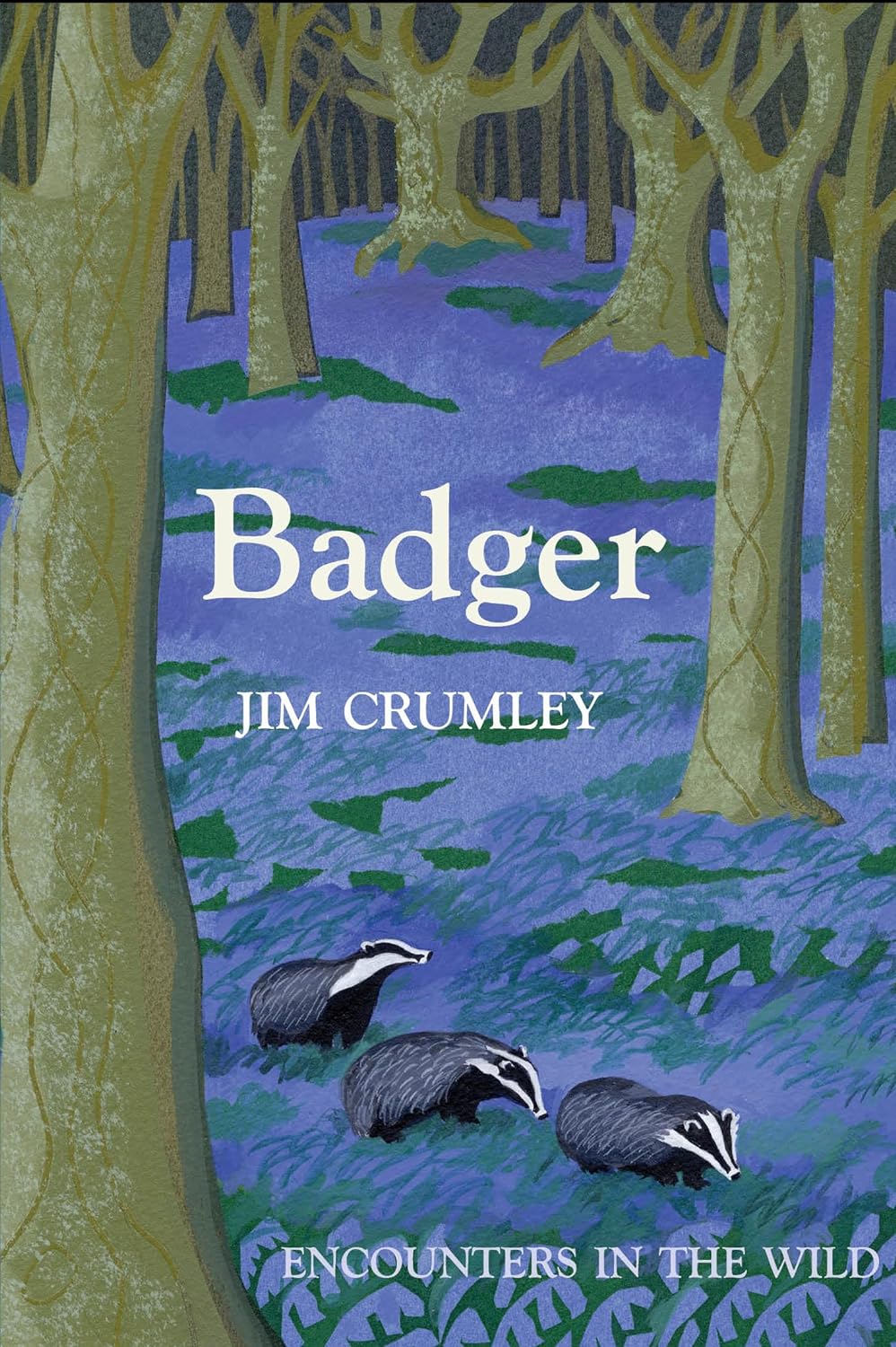
Badger (encounters in the wild) is a book by Scotland’s renowned nature writer, who with relives memorable encounters with one of our best-loved creatures, offering insights into their extraordinary lives.
Suddenly the boar’s face was back, peering up from almost ground level beneath the lowest sweep of the spruce branches. Almost at once, the sow was right beside him.
Then came the cubs. For perhaps ten seconds (no more), all four faces gleamed garishly out of the forest at me. In all my badger encounters, nothing has charmed me so utterly as those ten seconds.




